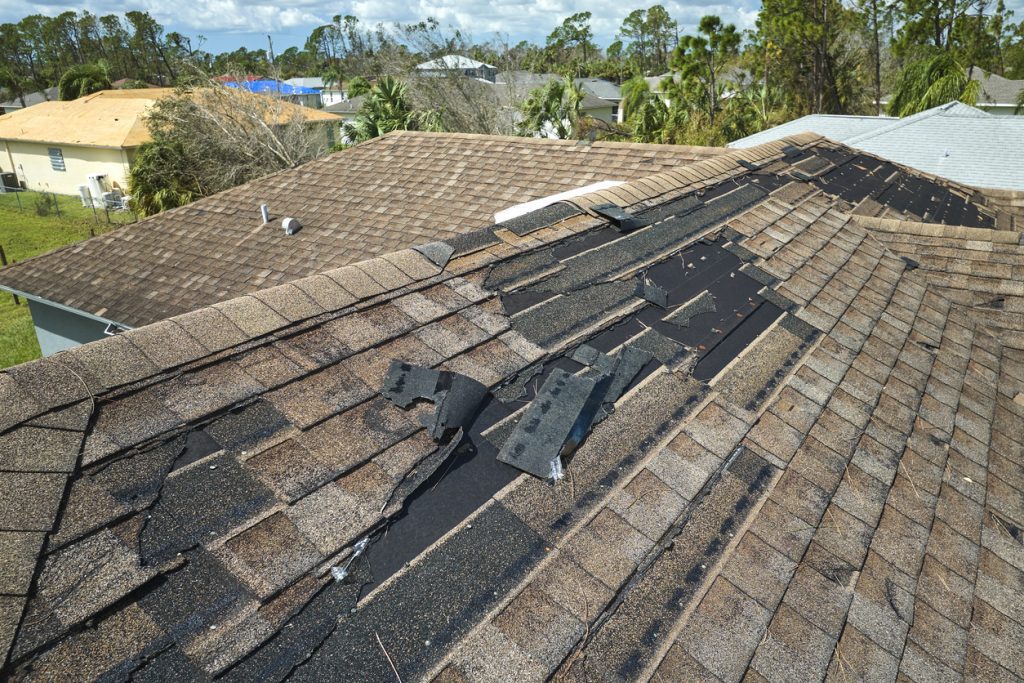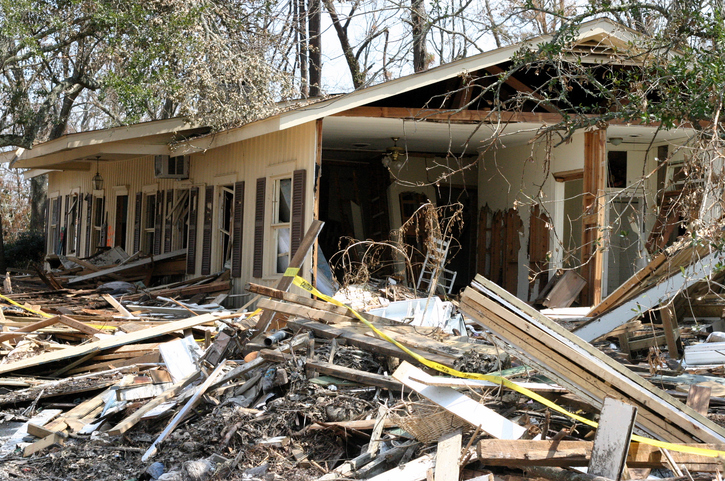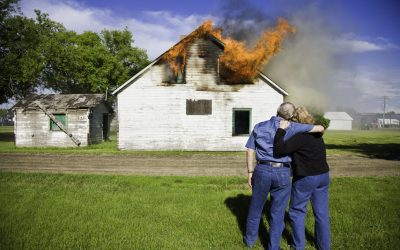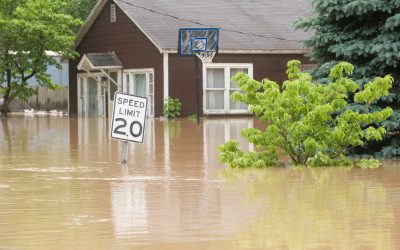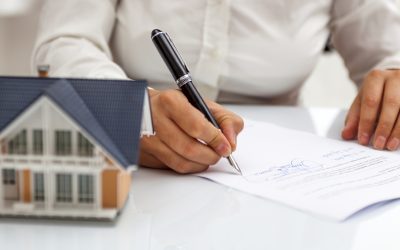Fake Wind Damage Shingles: What Insurers Look For
Roof damage after a storm often prompts homeowners to file insurance claims. However, not all claims are genuine. Some cases involve fake wind damage shingles, where damage is intentionally created or exaggerated to secure a higher settlement. Insurance companies are aware of such practices and have developed methods to detect fraud. This blog explores how insurers evaluate claims for wind damage, what signs they look for, and how this affects your ability to recover from a legitimate storm loss.
What Is Considered Fake Wind Damage to Shingles?
Fake wind damage to shingles typically refers to intentional alterations made to roofing materials to mimic storm-related destruction. While actual storm damage causes shingle displacement, creasing, or loss, fake wind damage often involves deliberate tampering using tools or manual force.
Common characteristics of fake wind damage shingles include:
- Tool marks or unnatural tearing patterns
- Tabs lifted without surrounding debris
- Inconsistent damage not aligned with wind direction
- Uniform shingle damage across multiple slopes
Real wind damage shows randomness and impact variability depending on the storm’s direction, speed, and the building’s orientation. Insurers use these details to distinguish between authentic and staged damage.
How Insurers Investigate Suspected Storm Damage
When a homeowner files an insurance claim for fake wind damage shingles—knowingly or unknowingly—insurance adjusters rely on field expertise, meteorological data, and forensic methods to evaluate authenticity.
Adjusters often assess the following elements:
- Weather reports: Cross-referenced with the claim date to verify storm activity in the area
- Physical evidence: Debris patterns, missing shingles, creases, or signs of lifted tabs
- Shingle condition: Signs of pre-existing wear, manual lifting, or recently replaced sections
- Roof inspection photos: Used to compare current damage with previous inspections (if any)
When adjusters detect storm damage fake wind damage shingles, the claim may be denied or even flagged for fraud investigation.
Red Flags Insurance Companies Look For
Insurance companies train adjusters to identify inconsistencies that may indicate falsified damage. These red flags help protect insurers from inflated or fraudulent claims.
1. Uniform Damage Patterns
Authentic wind damage rarely affects every shingle the same way. Uniform creasing or tearing across multiple rows often signals tampering.
2. Clean Tear Lines or Tool Marks
Wind doesn’t cut shingles cleanly. Razor-sharp edges, puncture marks, or signs of mechanical lifting suggest human interference.
3. Lack of Associated Storm Debris
Wind damage usually comes with fallen branches, debris, or water damage. If shingles are “damaged” without other signs of a storm, suspicion arises.
4. Absence of Wind Direction Indicators
Damage concentrated on one side without wind-aligned orientation may not match the actual weather data.
5. New Shingles with No History of Wear
Brand-new or selectively replaced shingles that appear “damaged” may be part of a setup to trigger coverage on newer materials.
Implications of Filing a Fraudulent Roof Damage Claim
Filing an insurance fake wind damage shingles claim has serious consequences. Even if a homeowner is unaware that a contractor created the fake damage, they are still responsible for the claim’s validity.
Potential outcomes include:
- Claim denial
- Blacklisting from the insurance provider
- Loss of coverage for future incidents
- Legal action for insurance fraud
- Increased premiums across all policies
If you’re unsure about your damage or suspect it was staged, it’s wise to consult a certified roofing contractor or a Public Adjuster in Florida to assess the issue before filing a claim.
Fake Hail Damage vs. Fake Wind Damage Shingles
While this article focuses on fake wind damage, some contractors attempt to simulate fake hail damaged shingles using tools like hammers or ball bearings. Insurers are equally vigilant in identifying these cases.
Key distinctions between fake hail and fake wind damage include:
- Hail: Typically causes circular dents or impact marks on shingles, flashing, and vents.
- Wind: Tends to lift, crease, or entirely remove shingle tabs in a directional pattern.
When both fake wind and hail damage are alleged in the same claim, the investigation becomes more detailed and complex.
How to Protect Yourself from Roofing Insurance Scams
Homeowners can become accidental participants in fraudulent claims due to aggressive or unethical roofing contractors. To protect yourself and your home:
Here’s what to do before filing a claim:
- Hire a reputable contractor – Look for licensed, insured, and reviewed professionals. Avoid door-to-door solicitations.
- Document your roof’s condition – Regular photos and maintenance records can help prove pre- and post-storm condition.
- Understand your policy – Not all damage is covered; read the wind and storm coverage clauses.
- Consult a licensed public adjuster – If you’re unsure whether to proceed with a claim, a public adjuster offers unbiased assessment.
Being proactive can save you from accidentally submitting a storm damage fake wind damage shingles claim that could jeopardize your policy and finances.
If you suspect roof damage after a storm but want a trusted evaluation before filing a claim, our expert public adjusters are here to help. We specialize in handling Roof Damage Claim assessments and negotiations with insurers to ensure you get fair compensation. Let a licensed Public Adjuster in Florida guide you through the process and protect your rights.
FAQs
Q1. What is fake wind damage to shingles?
A1. Fake wind damage refers to intentional tampering with roof shingles to mimic storm damage, often to falsely claim insurance money. It may involve lifted tabs, creases, or tears made using tools.
Q2. How do insurance adjusters detect fake wind damage?
A2. Adjusters look for tool marks, uniform damage patterns, absence of storm debris, and compare damage with local weather data. If signs suggest tampering, the claim may be denied or flagged.
Q3. Can a homeowner be held liable for a fake damage claim created by a contractor?
A3. Yes, the homeowner is responsible for the accuracy of their claim. Even if a contractor creates the fake damage, the insurer may take action against the homeowner for submitting a fraudulent claim.
Q4. What’s the difference between real and fake wind damage shingles?
A4. Real wind damage shows random and natural patterns caused by storm forces, often affecting specific roof slopes based on wind direction. Fake damage typically shows uniform creases, sharp tears, or signs of manual tampering.
Q5. What should I do if I’m unsure about the validity of roof damage?
A5. Consult a licensed roofing expert or a certified public adjuster. They can provide an unbiased evaluation and guide you on whether a legitimate claim is appropriate.
Q6. Is fake hail damage handled the same way as fake wind damage?
A6. Yes, both are considered insurance fraud. Fake hail damage, such as hammer dents, is investigated with similar scrutiny and can result in severe penalties.
